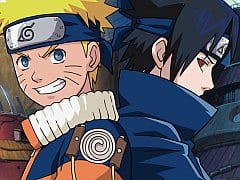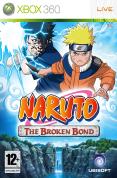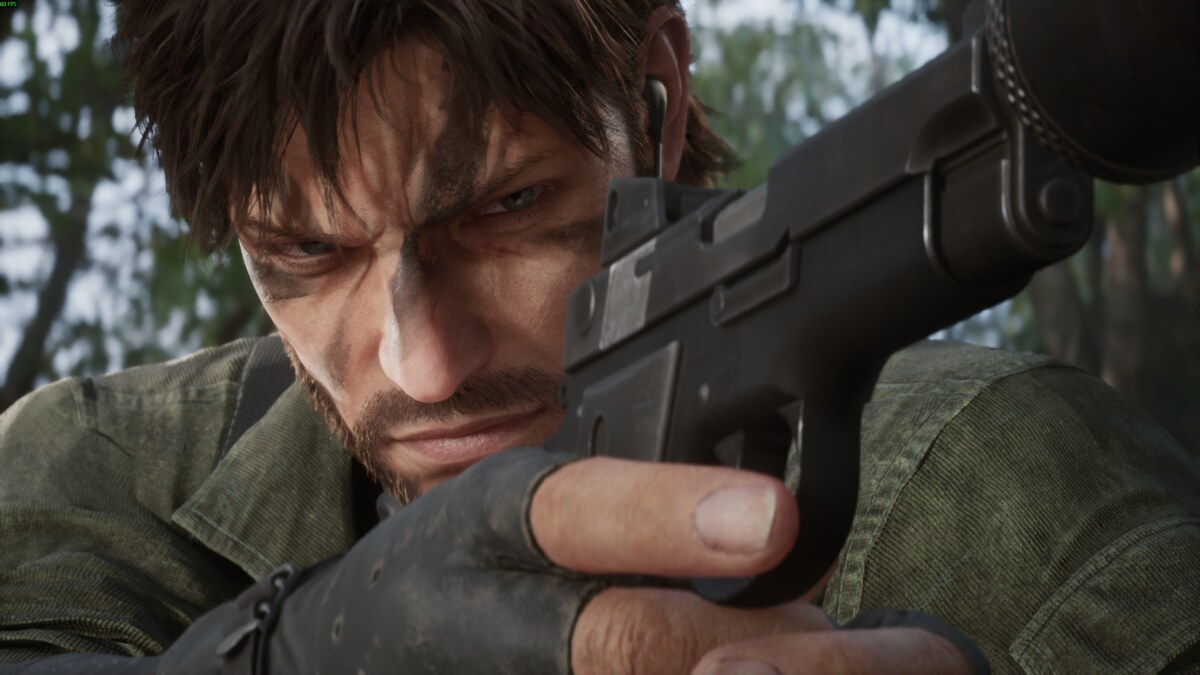You can trust VideoGamer. Our team of gaming experts spend hours testing and reviewing the latest games, to ensure you're reading the most comprehensive guide possible. Rest assured, all imagery and advice is unique and original. Check out how we test and review games here
It’s impossible not to be impressed by the effort made by Ubisoft Montreal in the development of its Naruto series. We’d be hard pushed to name another game that so accurately resembles its source material, yet we’re not entirely convinced by what we’ve played. While it was easy to overlook some of the problems seen in the first game, the fact that the second is still rammed full with tedious fetch quests means you’re going to need to be a dedicated Naruto fan to get the most out of The Broken Bond.
As with the original Ubisoft game, The Broken Bond runs alongside the storyline of the TV series, this time picking up at episode 81 and continuing through to episode 135. The opening sees you fighting in an epic and spectacular looking battle, which we hoped would set the tone for the rest of the 10-hour action adventure, but this and an equally brilliant finale only bookend a rather by the numbers campaign.
By far the most impressive aspect of the game is the recreation of the cartoon in video game form. Although perhaps getting away with a few cut corners because of the style, there’s no doubt that The Broken Bond looks brilliant. The characters are superbly modelled and wonderfully animated, the world looks like the cartoon come to life and fights are full of the kind of effects you’d expect from over the top Japanese anime. At times the game world can feel a little too restrictive, and as a result quite fake, but as far as cartoons to games go, this sits at the top of the tree.
As Naruto, or one of many side characters whom you can make part of your team, you can get by in a large majority of fights by button mashing, with an array of special moves and combos being extremely simple to pull off. This won’t see you through the harder fights though, in which you need to perform various jutsu moves in order to stand a chance of winning. These moves require you have a certain amount of stored jutsu and then you’re ready to unleash a flurry of special attacks.
These moves are performed by holding the left trigger and then moving the two analogue sticks in various directions. This will result in a string of buttons appearing on screen (more equals a more powerful attack) that you have to hit in order when they appear again during an attack sequence. There’s also some button mashing thrown in, some target practice and even the ability to dazzle enemies by conjuring up semi-clad women. As you might expect, it’s all very over the top, fast moving and shown from numerous crazy camera angles, and it looks great.
Your jutsu is also used during exploration, with certain characters being needed to progress past obstacles. Naruto, for example, can use a jutsu power in order to summon a string of replicas that form a tower before falling over and forming a bridge. Perhaps not the most useful power, you’d think, but it just so happens that almost every bridge in the game is broken. You’ll know when you need to use a jutsu power as a marker will appear above your character’s head, so there’s never really a challenge in working out what you need to do in order to progress.
While the presentation is superb and combat is functional, the game is let down considerably by the vast number of hugely tedious quests you have to complete. Exploring the game world is fun in of itself, but doing so for the umpteenth time, trying to find five items that only provide some clue to their location when you get close to them, isn’t fun. Some characters have a jutsu power that enables them to be guided towards hidden items, which makes finding things a whole lot easier, but when you’re not using one of these characters you just have to wander about until you stumble upon what you’re looking for. Some collecting is fine, but in The Broken Bond it seems to be what you’re doing for most of the game.
Without being overly familiar with the TV series ourselves, it’s worth pointing out that unless you’re a fan The Broken Bond will be quite hard to fathom. You’re literally thrown into the story, with only a few short lines of dialogue to explain what went on before, and the actions and personalities of various key characters will come as quite a surprise unless you know what to expect. One character you meet very early on is referred to as a perv, and he actually spies on bikini-clad girls frolicking in a river while you head off to repair a guy’s boat. As we said, non-fans will likely find it all rather odd.
Although nothing more than a cool bonus feature for most people, The Broken Bond also includes a fairly traditional beat ’em up mode, either against the AI or a friend, locally on one console. With a roster of 30 characters there’s plenty of fun to be had here if you’re a die-hard fan. Another sign of the care Ubisoft has gone to with the license, and something that makes the reliance on fetch quests even harder to understand, is the inclusion of Japanese and English voice overs. Although the English voices are really rather good, we preferred the Japanese option along with English subtitles.
It would be hard to play Naruto: The Broken Bond and not get some enjoyment out of it, but it’s just not the game it could have been. If you’re a Naruto fan you’ve probably picked this up already, so it really comes down to what everyone else should do. Given The Broken Bond’s quite dazzling presentation it’s easy to overlook its main fetch-quest focussed flaw, so it’s well worth a look. Just be aware that to non-fans some of the storyline will be quite hard to follow.

/https://oimg.videogamer.com/images/6ee2/naruto_the_broken_bond_1.jpg)
/https://oimg.videogamer.com/images/689a/naruto_the_broken_bond_10.jpg)






